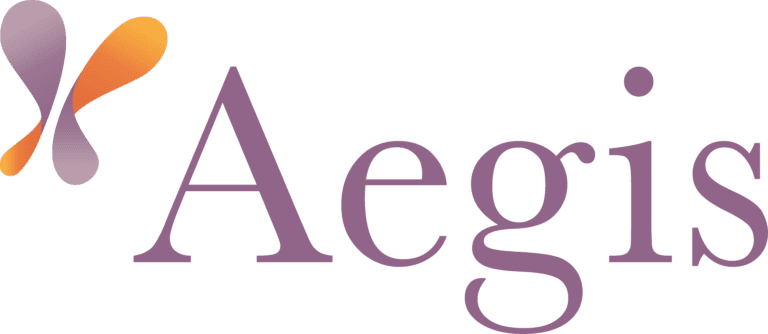20 May The Third Leading Cause of Death and How to Prevent it From Happening to You
It kills roughly 795,000 Americans each year, and 75% of those deaths are seniors. If it doesn’t kill you, it can leave you debilitated.
What is it? The third leading cause of death in the United States– a stroke.
Every 40 seconds someone experiences a stroke in the U.S., and your risk of experiencing one double after age 55. But that’s not even the most disturbing part. What’s most upsetting is that 80% of strokes that occur could have been prevented.
With World Stroke Day upon us today, this allows for the perfect opportunity to raise awareness about strokes, their harmful consequences, how to respond to someone experiencing a stroke, and how to reduce your risk for one.
WHAT IS A STROKE?
A stroke is a “brain attack” because it affects the brain. It happens when the blood flow to the brain is blocked, robbing brain cells of required oxygen and causing them to die. This is why people who have experienced a stroke struggle with memory and muscle control–because those areas of the brain had the oxygen cut off.
There are two types of strokes: hemorrhagic and ischemic:
A hemorrhagic stroke is a brain aneurysm burst and occurs when arteries in the brain begin to leak or bleed into the brain. It is the least common type of stroke, but most often will result in death.
Ischemic strokes account for nearly 85% of all strokes and occur when a blood vessel carrying blood to the brain is obstructed by a blood clot.
EFFECTS OF A STROKE
Depending on the area of the brain affected by the stroke, a stroke can have several different harmful effects. If the right brain is affected, the following problems may occur:
- Paralysis on the left side of the body
- Problems with the vision
- Quick, inquisitive behavioral style
- Memory loss
If the left brain was affected, the victim may experience the following problems:
- Paralysis on the right side of the body
- Speech and language issues
- Slow, cautious behavior
- Memory loss
In severe cases, strokes can be fatal.
RECOGNIZING A STROKE
TIPS TO LOWERING YOUR RISK OF A STROKE
As mentioned earlier, up to 80% of strokes are preventable. Out of the 795,000 that happen each year, that’s 636,000 lives that could have been saved! So let’s dive into what you can start doing TODAY to lower your risk for a stroke:
- Diet–avoid fatty foods (especially trans fats which are listed as “partially hydrogenated vegetable oil”) and excess sodium which can cause high blood pressure, and your risk for a stroke. The USDA recommends no more than 2,300 milligrams (mg) of sodium a day.
- Lower blood pressure–Blood pressure can be affected by a lot of things. Try minimizing your stress level, cutting back on caffeine, and regularly monitoring your blood pressure.
- Lose weight. If you are overweight, your chances of a stroke will increase. Even if you lose 10 pounds, you can dramatically reduce your chances of a stroke.
- Exercise. Getting adequate physical exercise (moderate intensity for at least three days a week, 20-60 minutes) will not only help lose weight and lower your blood pressure, but it also will help reduce your risk of experiencing a stroke.
- Moderate Your Drinking. When you drink more than two alcoholic beverages a day, your risk for a stroke increases drastically. Additionally, diet sodas can also prove harmful. One study showed that those who drank diet soda daily had a 61% higher risk of strokes than those who did not drink soda.
- Treat your Diabetes. Having high blood sugar damages your blood vessels over time– increasing the likelihood for clots to form inside of them.
- Quit Smoking. Smoking thickens your blood, and it increases the amount of plaque buildup in the arteries.
- Lower Cholesterol. Reduce your intake of saturated fats, increase your fiber and whey protein, and continue to maintain a healthy diet.
SUMMARY
About 600,000 strokes that occur are first attacks, and 185,000 are recurrent. Of those, more than 140,000 people die each year from experiencing a stroke. The good news is that most of these strokes can be prevented by adhering to the simple lifestyle changes mentioned above. You can help your senior loved one by being aware and improving their diet and exercise, recognizing the signs of a stroke, and acting FAST. If you have any concerns or additional questions, please contact us by calling 480-219-4790.

